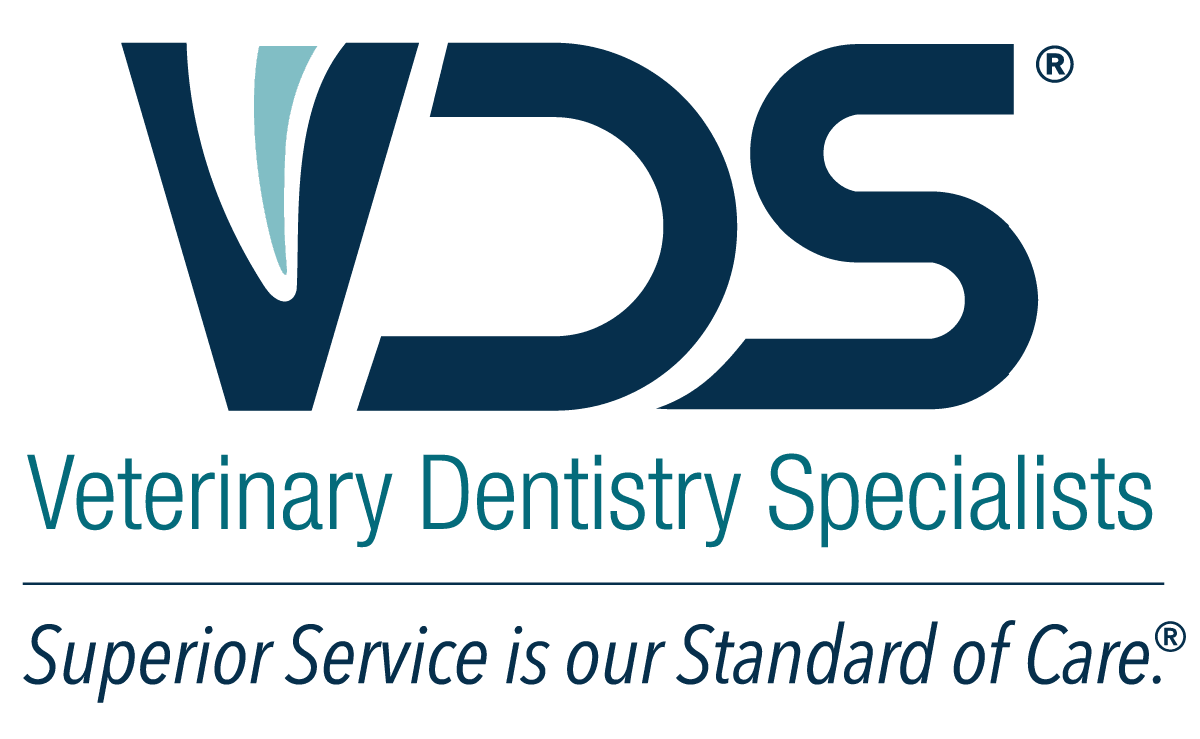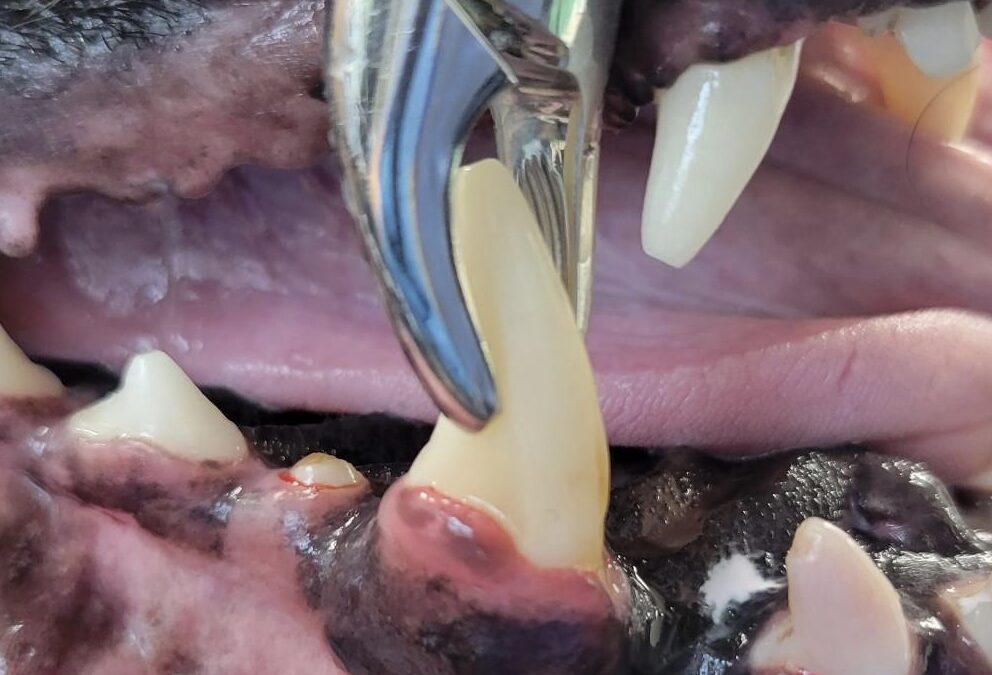Maintaining good oral hygiene is just as important for our pets as it is for us. However, even with regular cleaning, a pet’s tooth may need to be extracted for various reasons. Extraction, or surgical removal of a tooth, can be performed by a primary care veterinarian or board-certified veterinary dentist (a specialist), while a pet is under general anesthesia. This procedure may be an important part of a pet’s dental treatment plan and would be necessary to treat several dental conditions. For many pets, extraction of a diseased tooth results in significant pain relief and a return to good oral function. Your veterinarian will determine if tooth extraction is right for your pet.
What is Tooth Extraction?
Tooth extraction is necessary when a tooth is damaged, infected, or causing pain and discomfort to the pet. During the procedure, the pet is placed under general anesthesia to ensure that they are comfortable and safe. The veterinarian carefully removes the affected tooth using specialized dental instruments, cleans the area, and sutures the gums to promote healing. Veterinary tooth extraction is an important part of maintaining a pet’s overall oral health and preventing further problems from developing.
When is Tooth Extraction Necessary?
There are several reasons why your veterinarian or specialist may decide that tooth extraction is necessary. One of the most common reasons is periodontal disease. This occurs when infection weakens the structures surrounding the tooth, causing it to become more mobile and lose its attachment to the underlying bone. These infections are not only painful for your pet, but the associated bacteria can also enter the bloodstream and cause damage to the body’s major organ systems. Extracting the diseased tooth or teeth is recommended to remove the source of infection and relieve pain.
Your doctor may also recommend extraction of any fractured or damaged teeth. Extracting these teeth relieves the pain associated with the fracture and prevents infection. Additionally, tooth extraction is the primary treatment for addressing feline tooth resorption (TRs), which can be extremely painful if left untreated.
Extraction may also be used to remove persistent deciduous (baby) teeth or to address malocclusions (teeth misalignment). In some cases, extraction of one or more teeth may be necessary for the treatment of certain oral tumors.
How Do Veterinarians Determine Which Teeth to Extract?
Sometimes a tooth that needs to be extracted is obvious and can be identified during a regular physical examination of your pet. These include teeth that are fractured or those with significant mobility. More often, however, teeth can look reasonably healthy on the surface but can be diseased below the gum line. Your veterinarian will perform a comprehensive oral examination on your pet under general anesthesia, which allows for a full examination of the mouth. They will probe the gingiva (gums) surrounding each tooth and perform intra-oral radiographs (x-rays) to assess the health of each tooth. If any tooth is found to be diseased, they may recommend tooth extraction if no other options to save the tooth are available.
Why Are Tooth Extractions Important?
While the idea of having your pet’s teeth removed can be daunting, it’s important to remember that this is often necessary for your pet’s overall health and well-being. Extracting diseased teeth can relieve pain, prevent and address infection and inflammation, and improve overall oral health. Extracting teeth can also improve your pet’s nutrition by making it easier and less painful for them to eat, promoting appetite and weight gain. While it may be difficult to think of your pet losing a tooth or multiple teeth, it is much better to remove the diseased teeth than to let your pet suffer.
Which Conditions Are Treated With Tooth Extraction?
There are many conditions that may be addressed by extracting teeth. Common conditions for which tooth extraction may be recommended include:
- Chronic Ulcerative Paradental Stomatitis (CUPS)
- Feline tooth resorption (TRs)
- Feline Chronic Gingivostomatitis
- Fractured (broken) teeth
- Malocclusions (misaligned teeth)
- Non-vital (dead) teeth
- Oral tumors
- Periodontal disease
- Persistent deciduous (baby) teeth
How Will My Pet Recover After a Tooth Extraction?
Many pet owners worry about how their pets will respond to having teeth extracted, but there is no need to fear. The procedure is performed under general anesthesia with adequate pain control, and, in many cases, the extraction of the diseased tooth results in significant pain relief. Pets do not worry about the cosmetic effects of missing teeth like people do, and most pets return to eating their normal diets within a week or two following the procedure. Your veterinarian or dentistry specialist will provide you with detailed instructions on home oral health care to ensure you can properly care for your pet’s remaining teeth and oral health.
Partner With the Experts to Determine If a Tooth Extraction Is Right for Your Pet
For many pets with dental disease, tooth extraction is the best option to relieve pain and return to good oral health. Your primary care veterinarian or a board-certified veterinary dentist will determine if a tooth extraction is the best course of action based on his or her physical examination, comprehensive oral examination, and intra-oral radiographs. If it is determined that tooth extractions are necessary, rest assured that your pet will be in good hands throughout the procedure. If you have questions about tooth extractions, here at VDS, we welcome your call (856) 242-9253 or email and are here to help.






